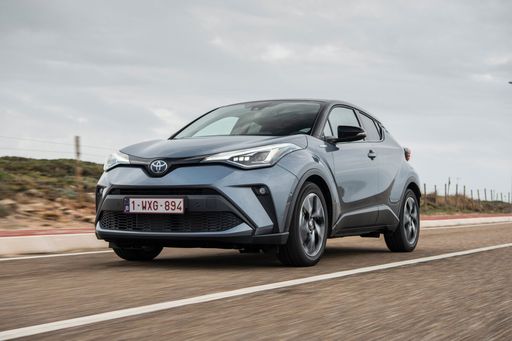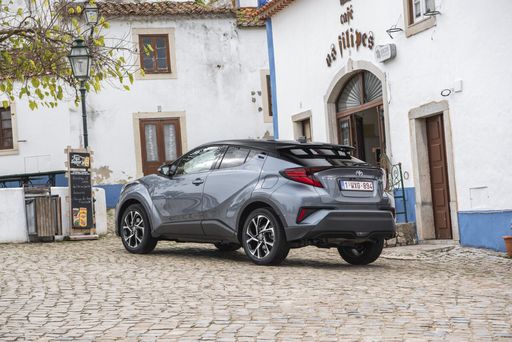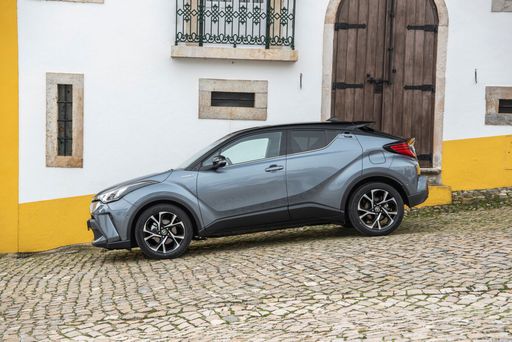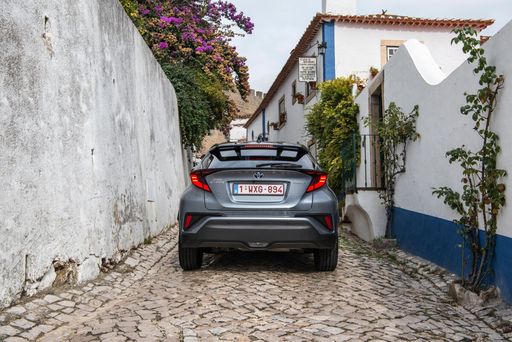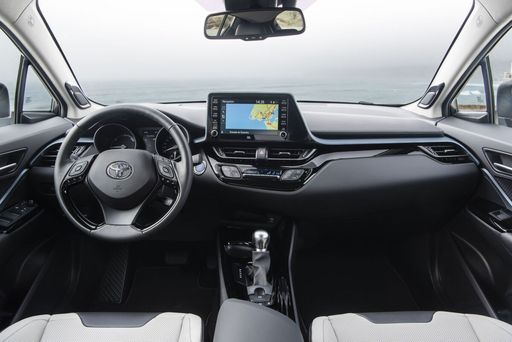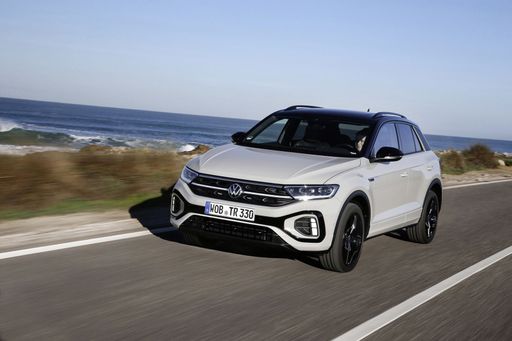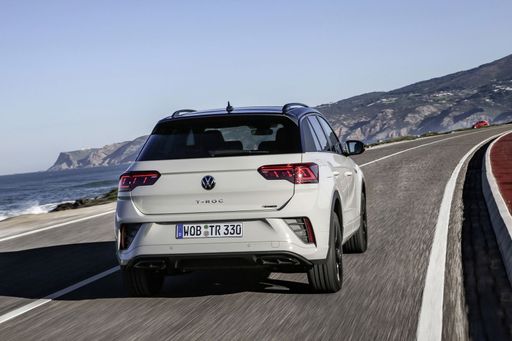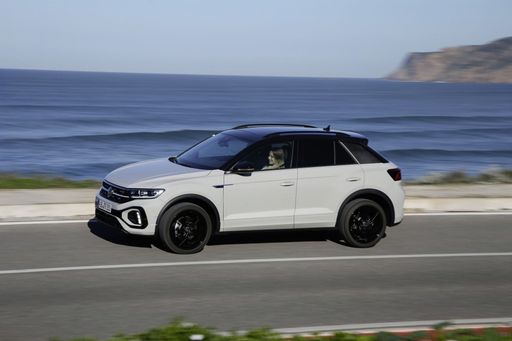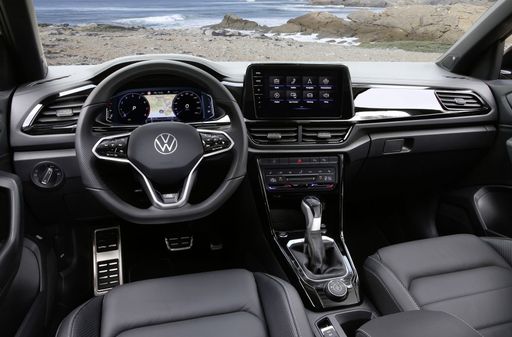A Tale of Two Compact SUVs: Toyota C-HR vs. VW T-Roc
The compact SUV segment has exploded in popularity, with more consumers seeking versatile, stylish options that blend performance with efficiency. Among the plethora of choices, the Toyota C-HR and the Volkswagen T-Roc stand out as two compelling contenders. This article will delve into a thorough comparison of these two models, exploring their technical specifications, features, and innovations to help you make an informed decision.

